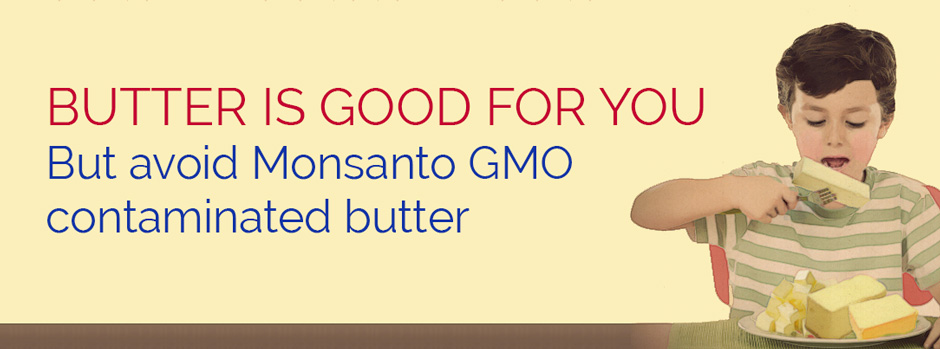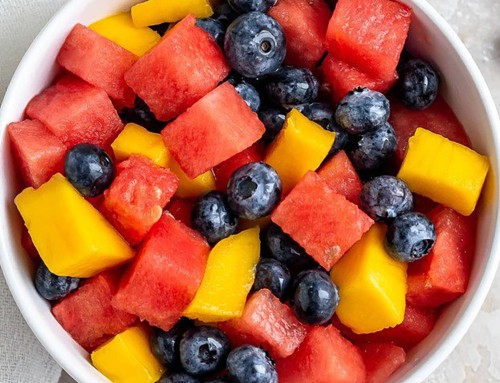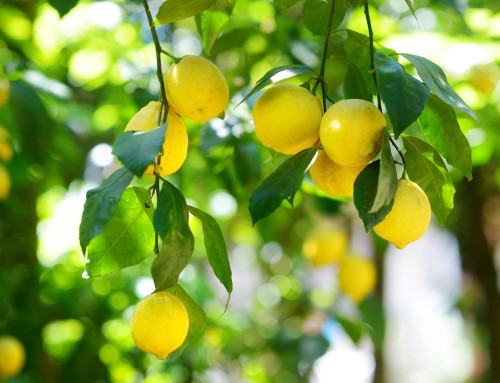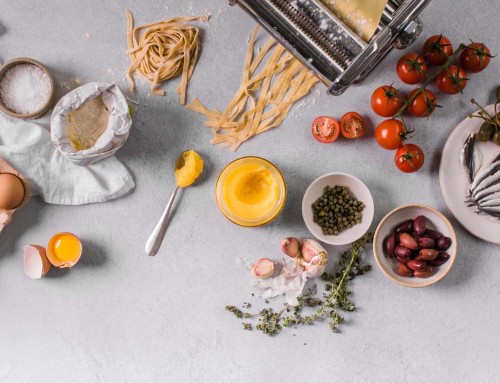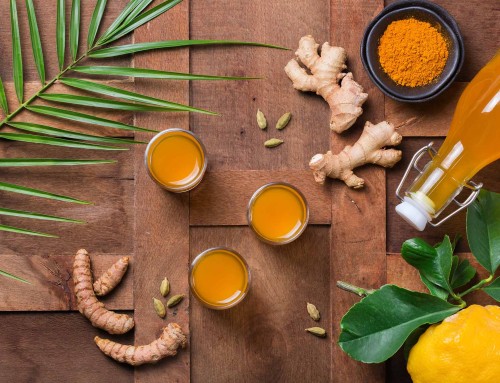After years of being vilified, butter is experiencing a revival in recent years as consumers have shifted their preferences from processed foods back to natural foods.
For decades we were sold the myth that butter clogs our arteries and causes heart disease. Now many people have realised that the main culprit, in the modern epidemic of circulatory and heart problems, is not butter, or other dairy products, but the trans fats that are created during the production of butter and animal fat substitutes.
Not all butters are created equal
Butter has been a staple food for thousands of years in many cultures, and historically there is no evidence that it has ever cause health problems. A Swedish study on 2010 found that blood fat levels were lower after eating a meal rich in butter than after eating a meal rich in rapeseed oil, olive oil, or flax seed oil.
Yet, not all butters are nutritionally equal and the nutritional value of cow butter depends on how the cows are raised. The composition of fatty acid in butter, for example, will vary according to the cow’s diet:
- Organic, raw, unpasteurised milk, produced from grass-fed cows, yields butter of the highest quality and nutritional-value.
- The next highest quality butter is made from pasteurised milk, produced by grass-fed cows.
- Last is regular supermarket butter made from regular pasteurised milk.
Many of the cows that supply the butter, in the last example, have been grain or soy-fed for much if not all of their lives. Since grain and soy are not part of a cow’s natural diet, such cows suffer from many health problems. Much of the grain and soy they are fed is genetically engineered and animal feed trials, using GMO soya and corn, have produced alarming results.
Beware of ‘Monsanto Butter’
Despite huge and constant lobbying from the US, and from large biotech multinationals like Monsanto, until recent years, very few GMOs have directly entered the European food chain. Yet GMOs have entered our foods indirectly though animal feed.
In Europe, animal feed mostly consists of soya and corn imported from South America. A good proportion of that feed contains GMO soy and GMO corn.
In the UK, our cows are grass fed for most of the years and housed indoors during the winter, where they consume feed that will usually be contaminated by GMOs.
At one time US-style feed-lots – where cows never graze in field and consume GMO-feed all year around – were unknown in the UK. But in recent years such feed-lots have appeared in the UK and in other parts of Europe.
Holland, one of the world’s largest milk producers, now has one-third of its dairy cows confined indoors. Denmark has seen the number of cows kept in feedlots rise from 16% to 67% over the last decade.
Most supermarket butter is made from milk that comes from many different sources (including feedlot cows). The chances are that not only is such butter nutritionally lower in quality, but is will also be contaminated by GMOs.
The lesson from all this
To ensure that your butter is nutritionally rich and GMO-free always buy organic. Organic standards will not only ensure that the butter is GMO-free, but that the cows it is produced from have been grass-fed.
Maharishi Ayurveda Ghee
Ghee is pure butter oil, with the water and milk protein removed. Ayurveda considers ghee to be the best of all foods and it is probably the best and most health-promoting cooking oil you can find. The best, omega-3-rich ghee can only be obtained from butter produced by grass-fed cows – preferably organically raised.
BioAustria organic ghee, from Maharishi Ayurveda Products, is made from organic milk and is processed in the tradition Ayurvedic way to produce the finest Ghee available. The milk is supplied by cows that feed on the alpine pastures of Austria.

